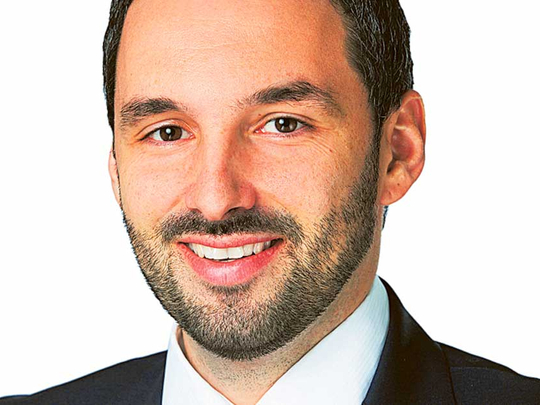
Abu Dhabi: The strength of the US dollar in 2017 is expected to add further challenges for the UAE’s tourism sector as the Emirates becomes a more expensive destination especially to key source markets like Europe and the UK.
The US dollar (to which the UAE dirham is pegged) has already had a good year, with its year-to-date returns against the British pound at nearly 20 per cent. With two or three interest rate hikes expected by the US Federal Reserve in 2017, the dollar is set for even more gains.
While such strength is great news for currency traders holding the dollar, it only means more challenges for UAE’s hotels where room rates have dropped during the year on the back of lower domestic and tourist demand.
“With a lot of our source markets coming from non-dollar economies, there’s certainly going to be an impact on the spending power of tourists. We’ve seen about a seven per cent increase year-on-year in the number of tourists coming to Dubai, so the demand is still there, but the amount that they can spend in the country has actually dropped,” said Christopher Hewett, associate director at TRI Consulting, a hospitality consultancy.
He added, “I think what you’ll see in 2017 in Dubai in particular is occupancy levels will remain somewhat stable. But I think what we’ll likely see is average room rates continue to decline probably by six to seven per cent next year, and a lot of that will be driven by the stronger dollar.”
Other analysts agreed, saying it’s tourists’ spending habits that is likely to take a bigger hit in 2017 rather than overall guest arrivals, meaning tourists will continue to visit the UAE but will eye more affordable accommodation and brands during their visit.
Marko Vucinic, senior vice-president of JLL’s Hotels and Hospitality Group for the Middle East and North Africa, said that the consistent US dollar appreciation over the past two to three years has contributed to a shift in spending patterns for key source markets.
“According to STR, revenue per available room levels have registered a decline of around 11 per cent in the year-to-October 2016 period versus the same period in 2015, to reach $144. A number of macro-economic factors, along with the increasing supply and fairly stable demand, indicate somewhat similar trend in the first half of 2017,” Vucinic said.
In terms of guest markets, some have been hit more than others. Hotels have reported, for example, significant declines in the number of guests from Russia, which had long been one of the UAE’s key source markets, as dirham strengthens and the ruble depreciates. Visitor numbers from key markets such as the UK and Europe are also witnessing a slow decline.
Change in strategy
For hoteliers, that will mean a change in strategy in 2017.
Tourism boards have already started focusing on markets like China and India, which are showing strong demand, in order to counter the drop from Russia and Europe. Hotels are also starting to follow suit.
Marriott International, the US-based hotel operator, said, on top of Chinese and Indian guests, it is focusing on Arab travellers, and is seeing growth from the Saudi market.
“In the short-term, hoteliers have reacted [to the stronger currency] by reassessing their rate strategy against their sub-market peers. This is evident by the negative growth in average daily rates in 2016, while occupancy remained largely stable.
In the longer term, hoteliers should continue focusing on source markets that are less impacted by the strengthening US dollar. At the same time, hoteliers and owners will also need to look to reassess their properties’ value proposition compared to the competition in order to maintain/gain market share,” JLL’s Vucinic said.











